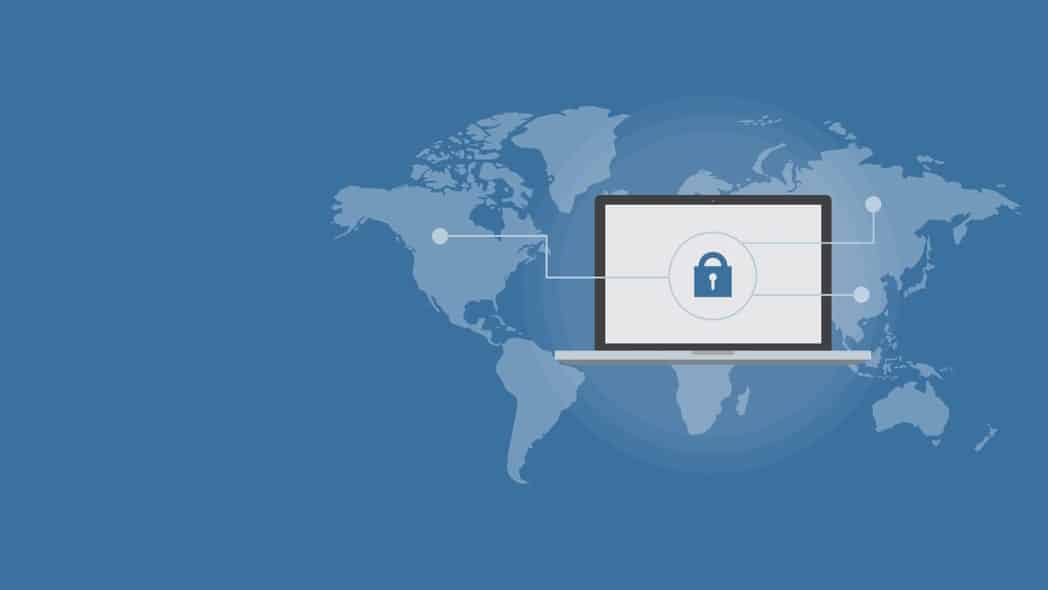Website management consists of several necessary steps to ensure the quality of the site. This combination of moving parts is maintained by the site administrator, an assigned user, or possibly even by a team of developers. Though larger websites are usually the ones supported by a group, smaller sites may also use input from companies who specialize in service of need.
Even before the actual site development phase, site details are planned. Everything from design, to security, are strategically laid out in a flow chart type system. Running the site will require a few hardware requirements, as well. Dependable servers are one such example. One must also take into account how the site will be divided up between team members. This, on its own, involves a whole host of steps. A website run by many different people can be a more complex issue. It’s no longer only one admin, but many who have access to the site.
These privileged users have access to end-user information at some points. Completing steps that address security, such as privileged user monitoring and audit sessions, may be useful.
Keep in mind; other steps are also necessary to run a useful website. Work with your team to develop a sound and consistent system of monitoring the site.
Servers or Hosting
Having a dependable server is probably one of the most important hardware features of your website. The size of your site will determine the size server one needs. It may only require a small server, one that may be shared with others, or it may be large enough to require an entire building of servers. These servers should be constructed with high-quality products as well as receive consistent maintenance.
Team of Developers
A team of developers is another essential part of running an effective website. Certain roles are often assigned to different teammates. Each developer is responsible for the upkeep and functionality of a particular part of the website. Subsequent meetings are held to view the site cohesively. Before these meetings, reports are often generated, many times using the data the site produces. Other teammates are informed of both old and new developments within the site system.
Security
With cybersecurity threats so pervasive, security is a significant factor in website management. This step, designed during the planning stage, involves encryption of information between end-users, websites, and servers. This helps to protect end-users and the site from malicious attacks. Attacks could be quite costly. Therefore security should be implemented at every stage and in every role of each developer. For enhanced security, use Free SSL Certificate which offers an SSL certificate for free.
Upkeep
Automated updates are often periodically run. This frees up time for the developers to tend to other duties. While this helps keep the site up to date and bug-free, it should still be studied for accuracy from time to time. This is part of the report generating process. With enough planning and work, the website should remain intact, user-friendly, and updated.











Leave a Reply